March 2015 has brought heavy rains in Punjab and Sindh, Pakistan. The result has been rising water levels in the rivers, and flooding of the areas adjacent to the riverine areas in Sindh and Punjab. These areas fall outside the embankments that have been constructed by the government to save farmlands and urban areas from flooding. The areas outside the embankments are called kachaareas that house hundreds of thousands of landless farmers in Sindh and Punjab.
The impact of the rising river waters due to heavy rainfall has devastated the kacha area farmers once again – in a matter of just six months. In September 2014, they had to evacuate their meager abodes to save themselves from the heavy flooding in the Multan and Muzaffargadh area. They returned with their meager belongings in November, facing a bitterly cold winter living at the riverbanks.
The willingness to look after themselves and their families is seen by their struggle to lease small amounts of land. Many of the landless farmers had leased land – as little as just half an acre – so that they could grow wheat and provide at least partial food security to their households. The heavy rainfall has resulted in flooding the Chenab River, totally destroying the standing wheat fields that would have been ready for harvesting by mid-April.
Apart from the staple food crop wheat, other crops such as green peas and mustard were also lost which were in the process of being harvested.
This flooding is tragic on many accounts. These rural families have moved twice in just a matter of six months. The temporary shelter they were able to have in the winter months were at great cost. The bitterly cold winds were sweeping through their tents that they had been able to wrest from the government authorities after a great deal of heated argument and acrimony. And now, when they were looking to a good wheat harvest and some months of full stomachs, the new devastation.
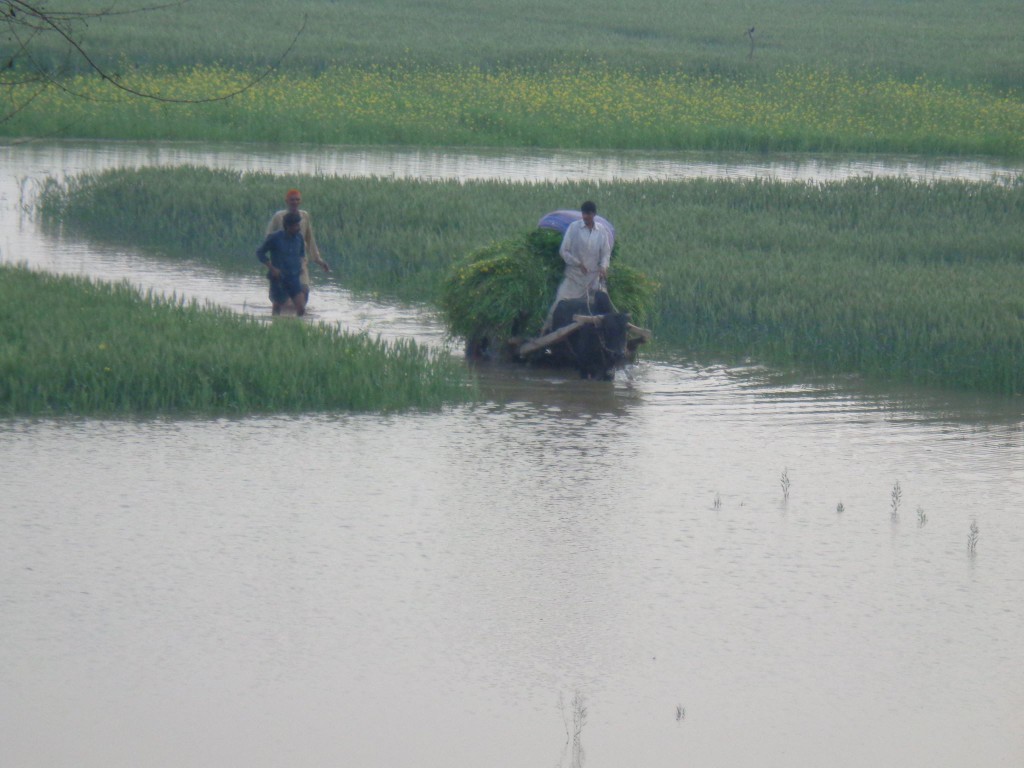
A farmer saving what he can of the destroyed wheat harvest. He will use the wasted crops as fodder for his livestock.
According to farmers, they don’t live in the kachaareas because they want to – they have no choice – where else can they live?
Here, at least they are able to get leased lands at lower rates. Their animals have space to graze on many patches of land where the animals can roam more freely than in the embankment area agricultural land. In addition, the green pea crops also yield fodder for their animals. And women are also able to earn a livelihood as they pick green peas.
Where will these farmers go now? How will they earn a livelihood? What will happen to their food security?
There is no question that the only answer is to provide farmers in the kacha areas with land in the safe areas. Otherwise, farmers who feed the entire country are forced to accept alms from others.
The pressing question is that where is our government in this debacle. Farmers in Multan and Muzaffargardh have suffered immensely. There are also reports coming about crop loss in Ghotki, Sindh. But it is immensely unfortunate that neither the government nor media has tried to come forward and help a highly marginalized vulnerable group.
A group of farmers including women from Muzaffargadh and Multan have raised their voices demanding help from the government. They were holding placards asking where is the government, and who will pay for their loss? A placard shows the total cost of wheat crop to be about Rs 40,000 (approximately USD 400). Farmers also raised the issue of climate crisis during the protest, and the suggestion is that it is late extreme rains, which has resulted in the present debacle.
The press release distributed by the farmers clearly states their position that is their demand for land in safe areas!
In any case, if people will live and try to eke out a living sitting on riverbeds, this kind of devastation will occur over and over again.
The only permanent long lasting solution can be providing land to the landless in safe embankment areas so that they are able to attain the basic rights that our constitution promises clearly to all Pakistani citizens!
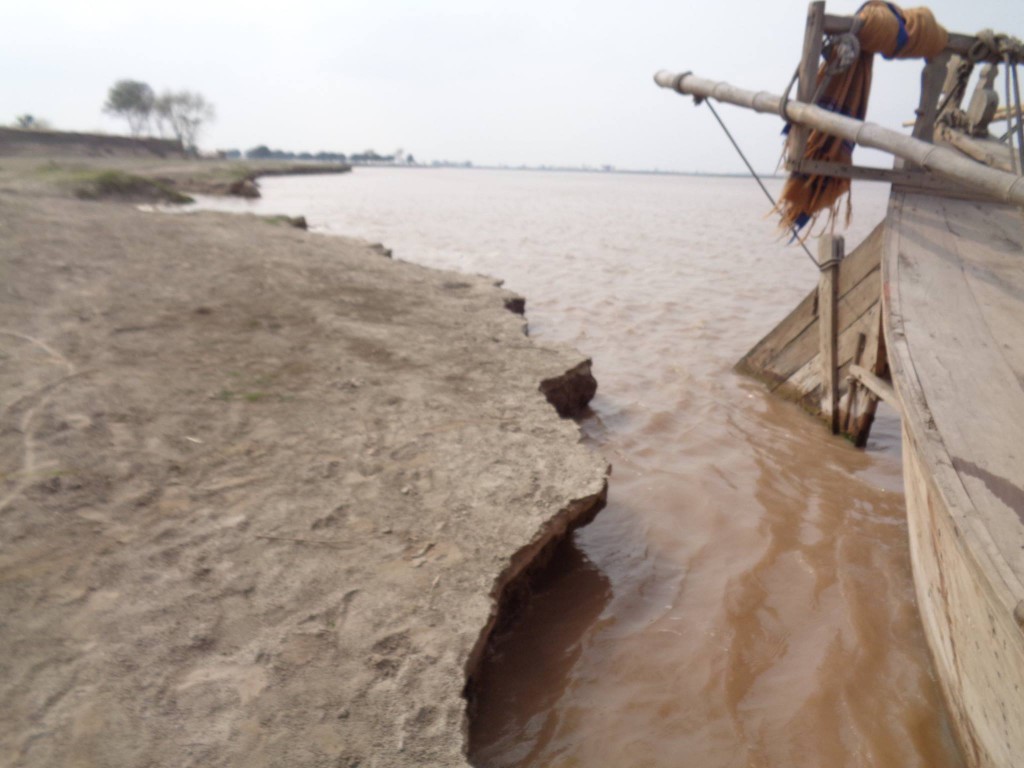
Rain-water floods have encroached agriculture land as well destroyed communities living in Kacha areas.

After 2014 floods in September in Multan, Kawa wali village had gone back to a place near their previous abode. Their land had been lost after 2014 floods. Now their present abode is also eroded.

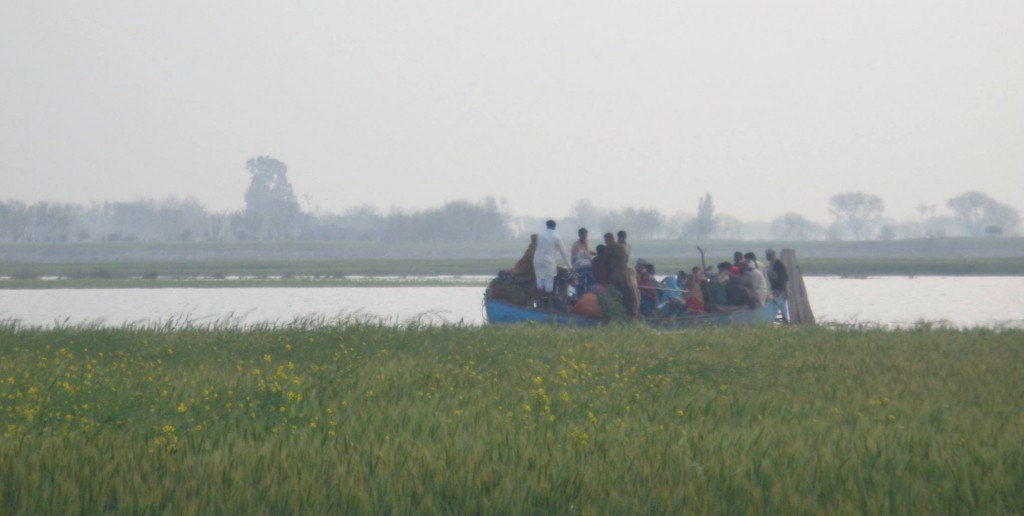
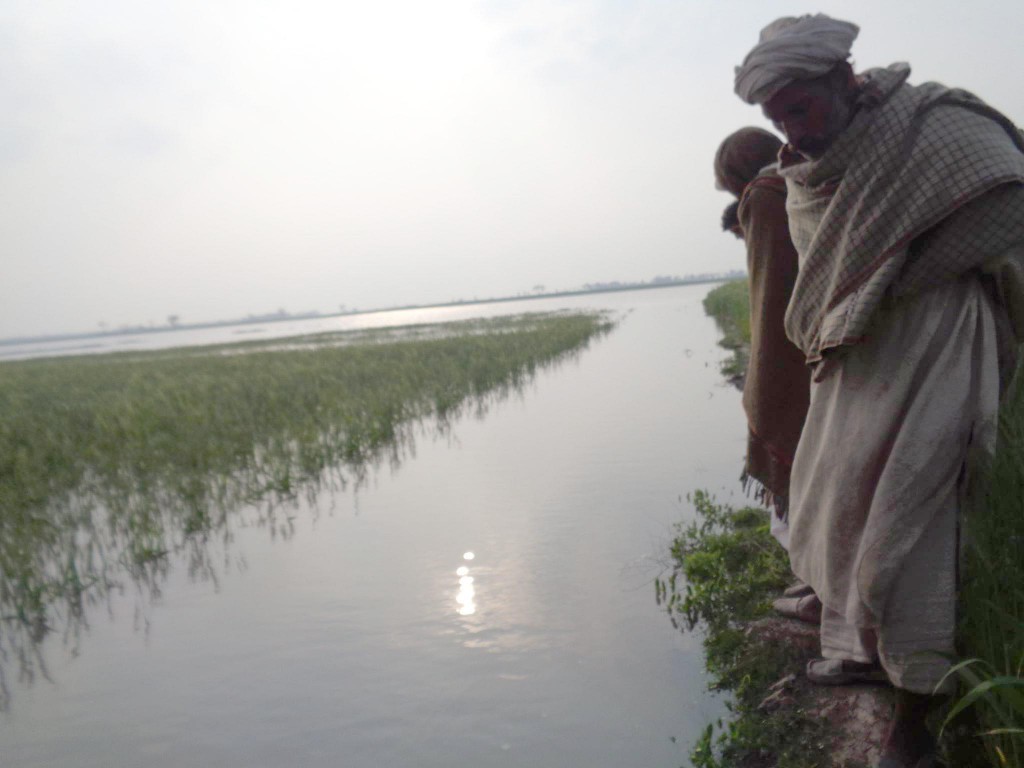
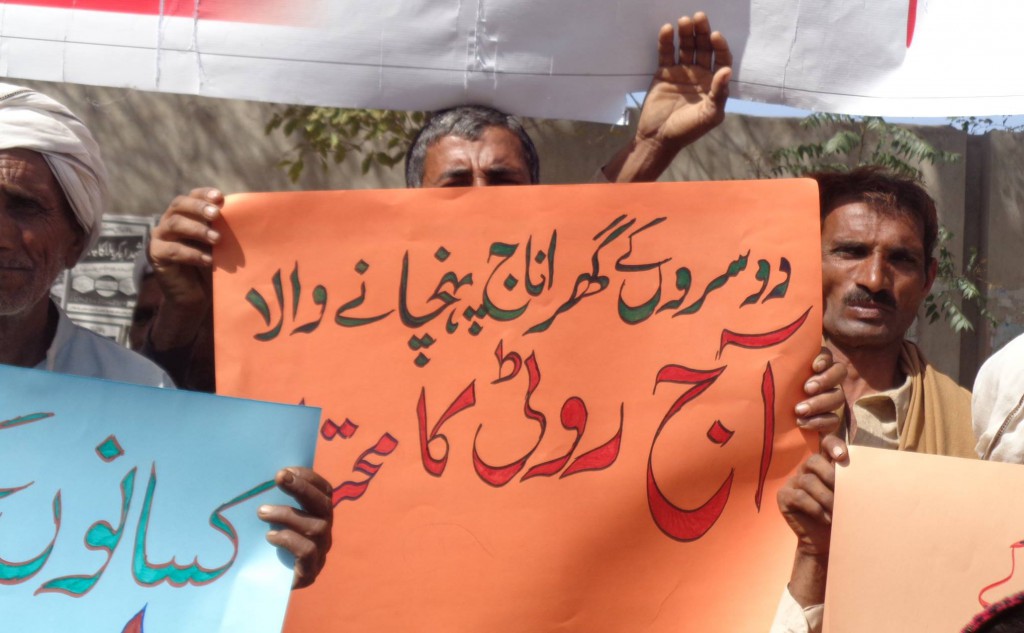
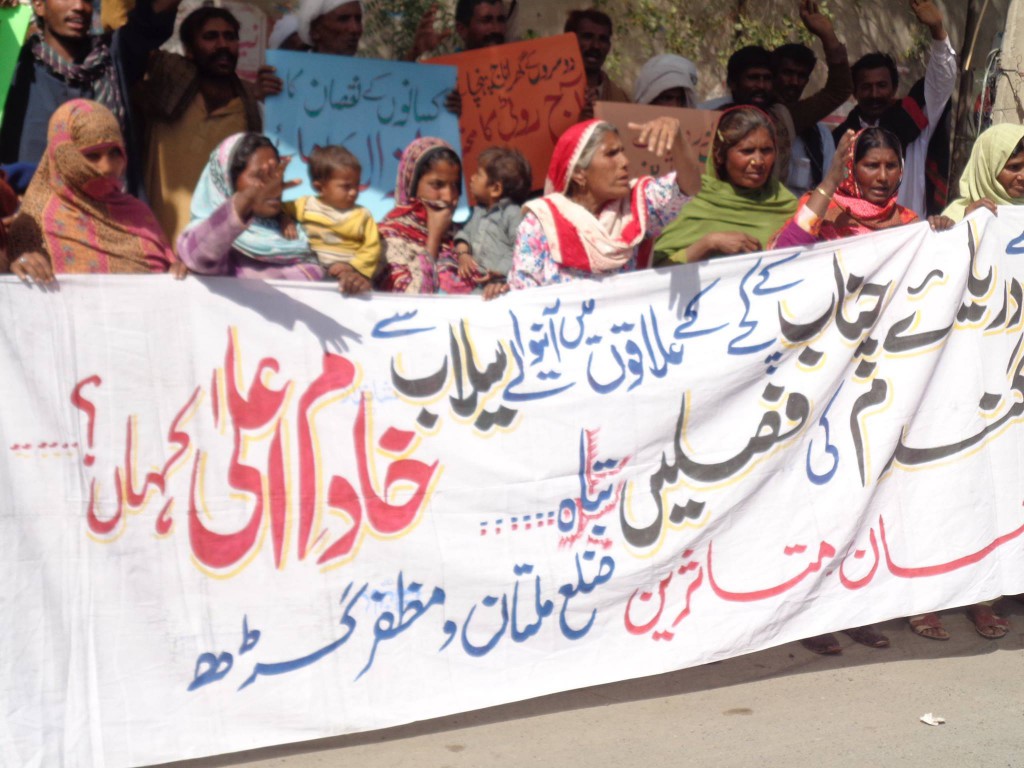
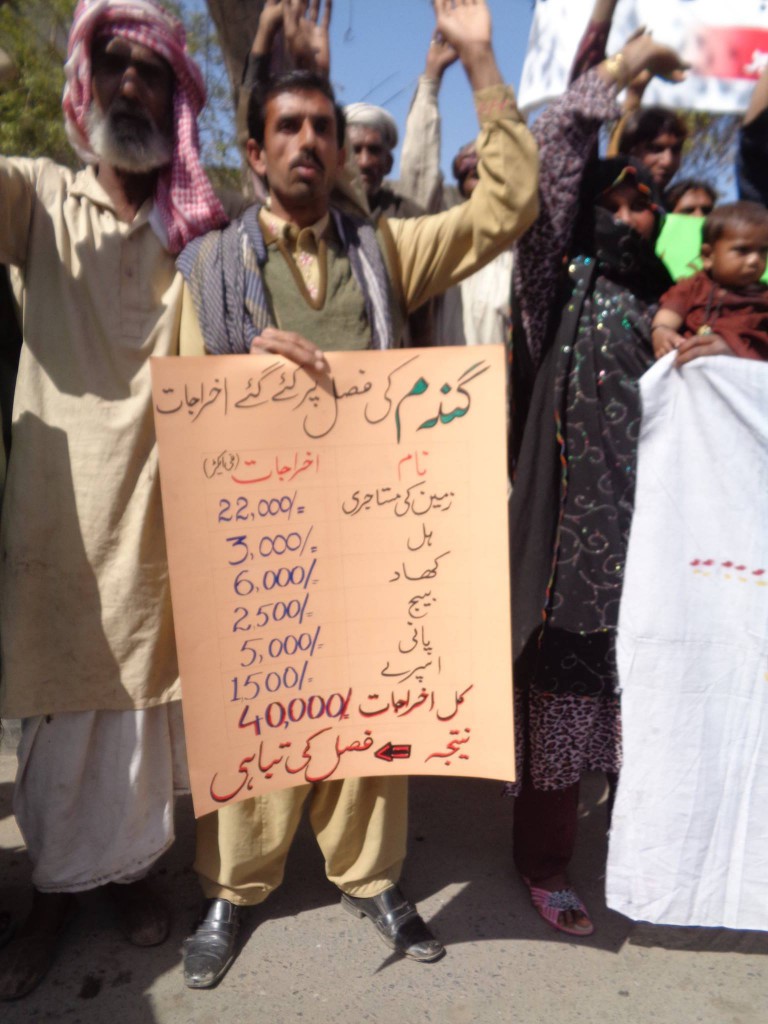
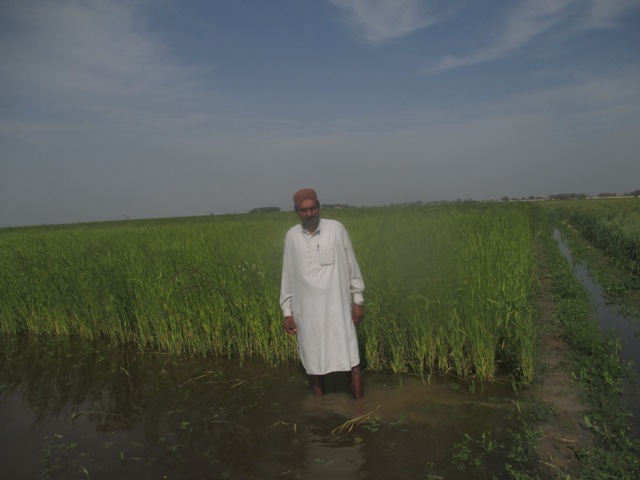
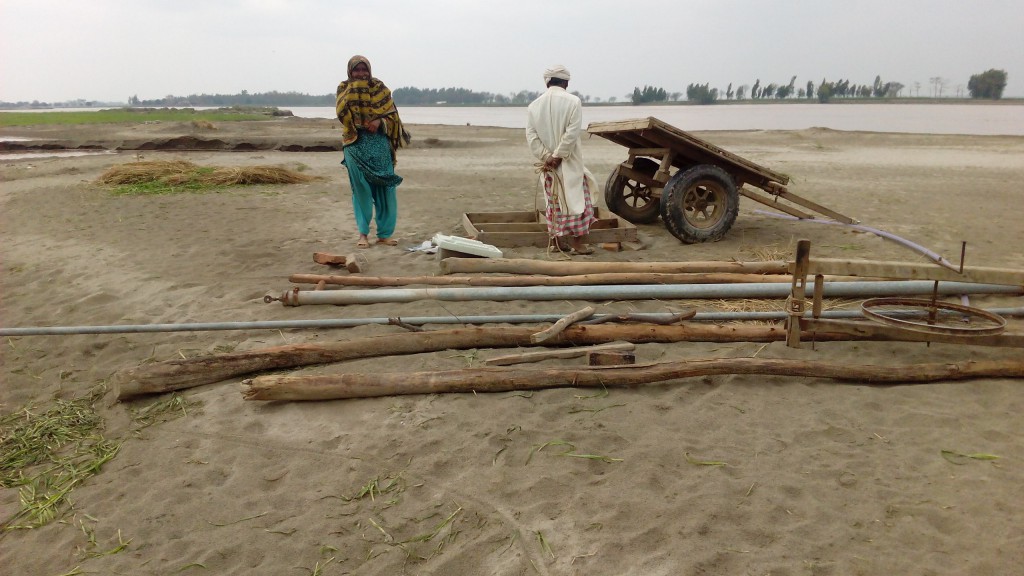
I enjoy the efforts you have put in this, thanks for all the great posts.
Very nice post, i definitely love this website, keep on it